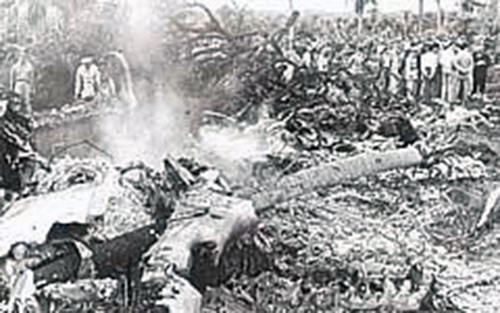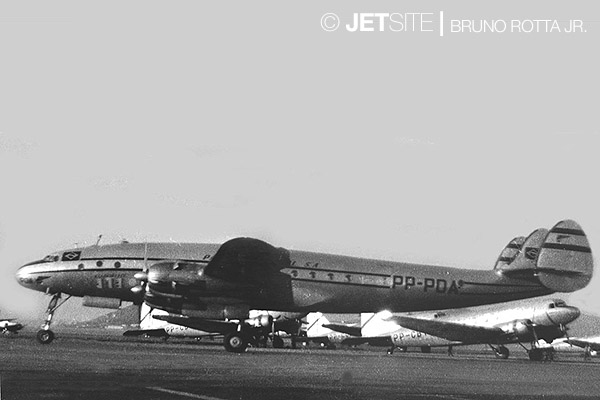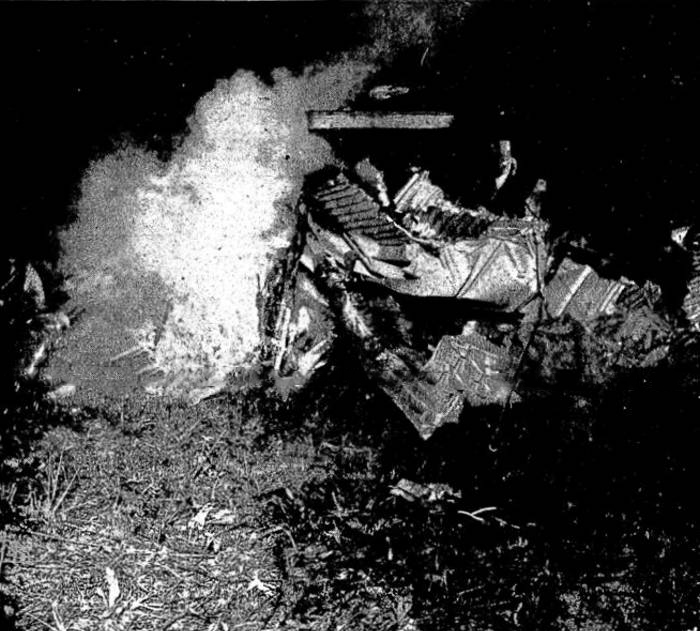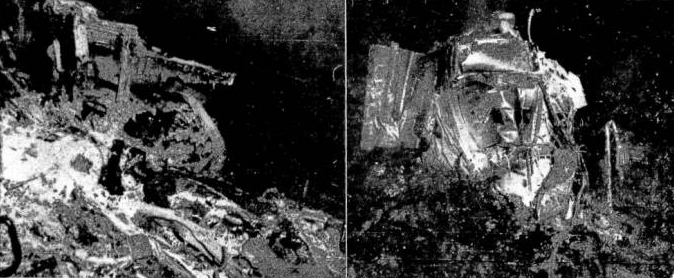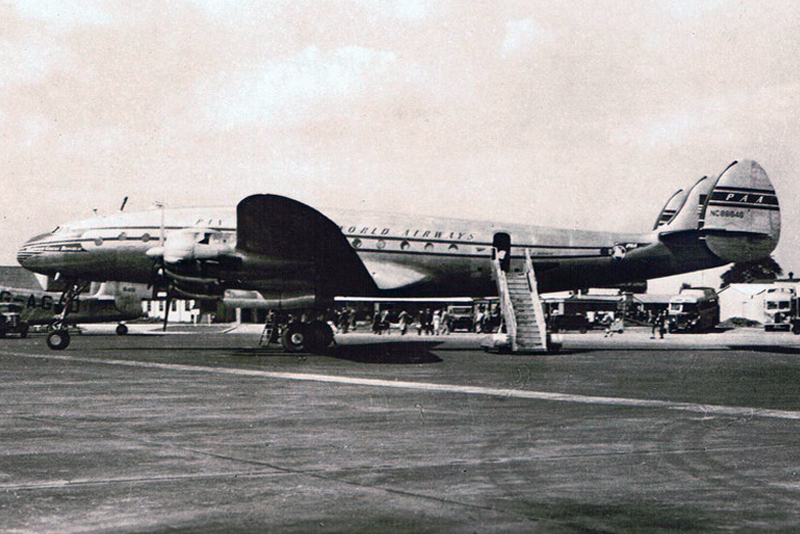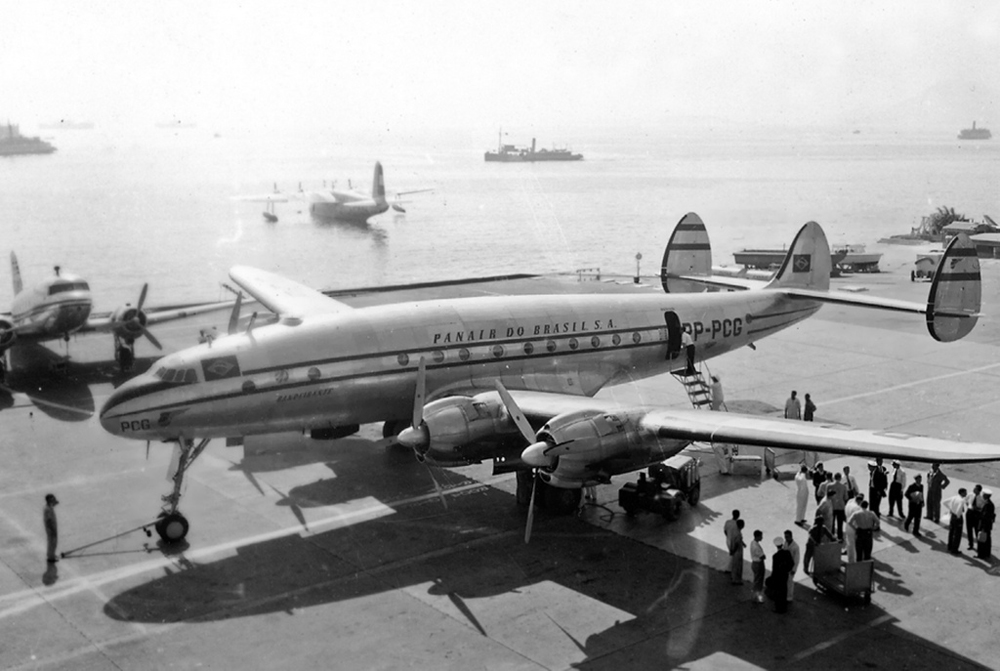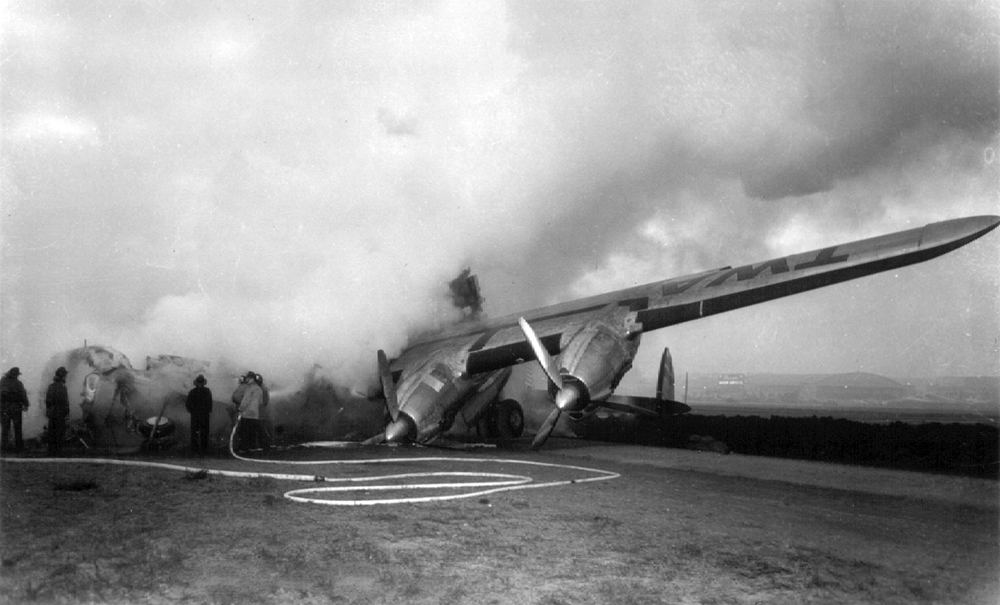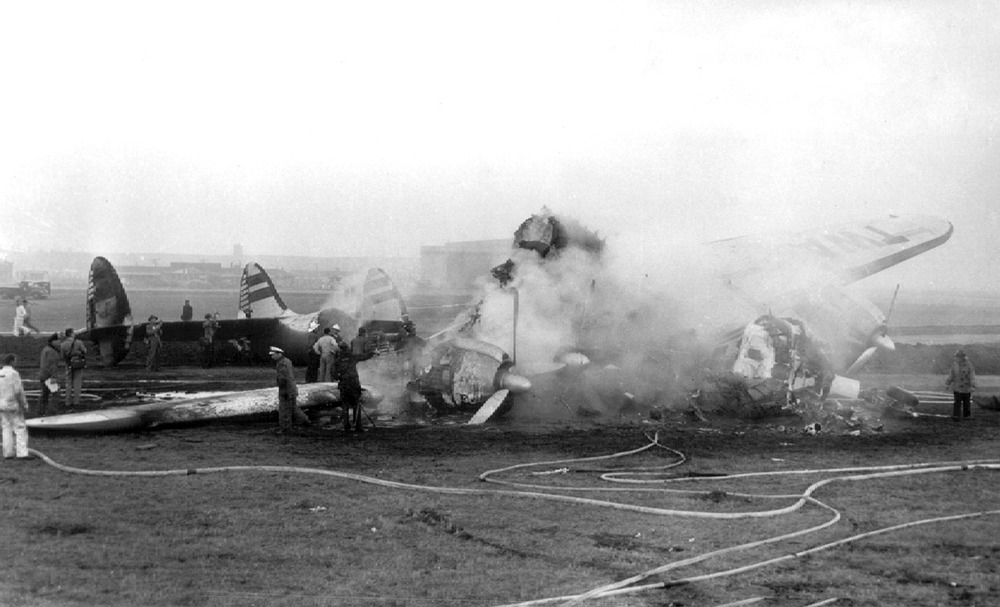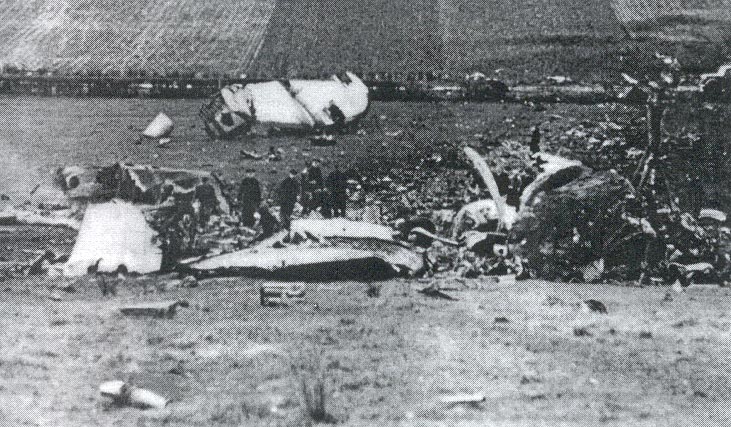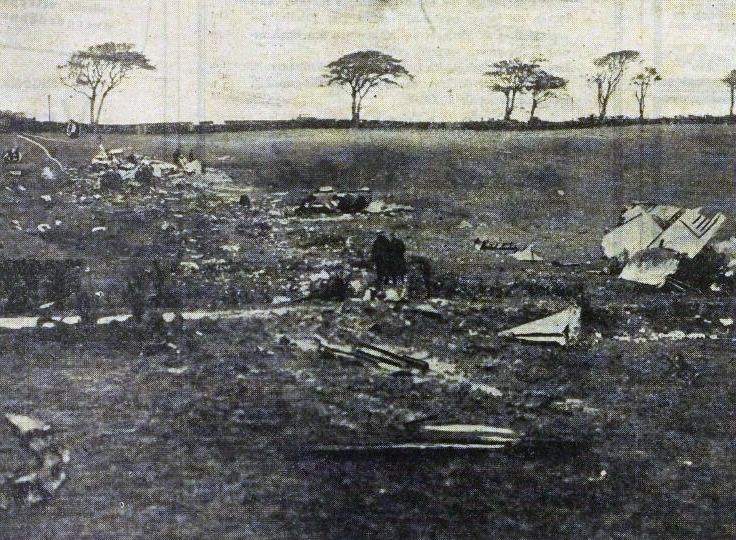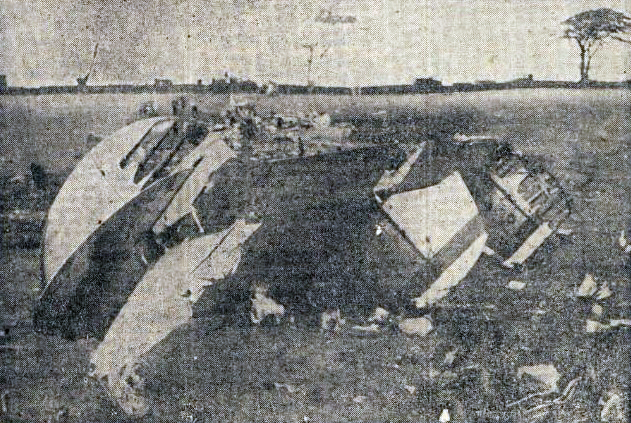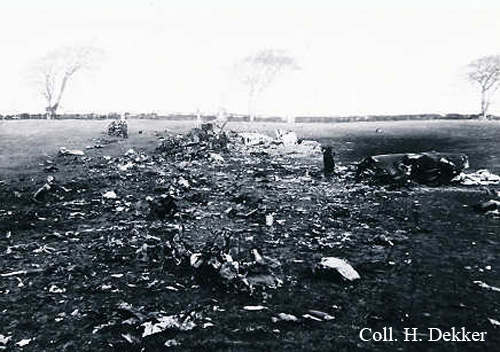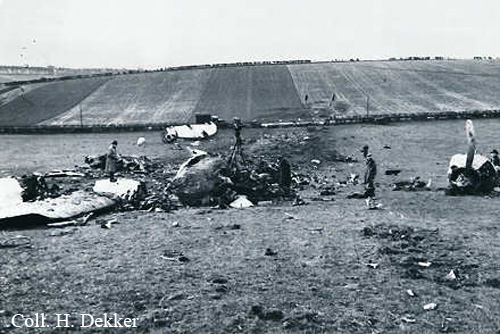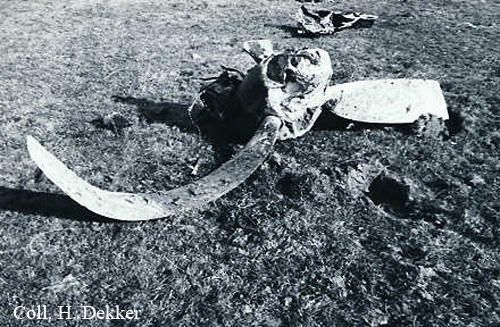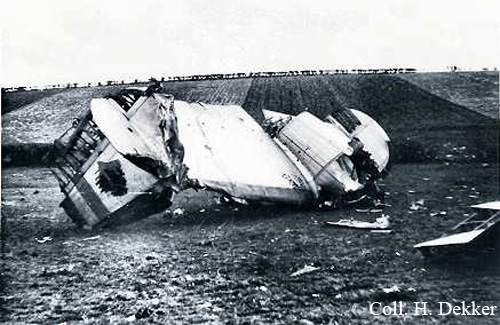Crash of a Lockheed L-049 Constellation in Asunción: 16 killed
Date & Time:
Jun 16, 1955 at 0115 LT
Registration:
PP-PDJ
Survivors:
Yes
Schedule:
London – Paris – Lisbon – Dakar – Recife – Rio de Janeiro – São Paulo – Asunción – Buenos Aires
MSN:
2032
YOM:
1946
Crew on board:
10
Crew fatalities:
Pax on board:
14
Pax fatalities:
Other fatalities:
Total fatalities:
16
Circumstances:
The aircraft was on a scheduled flight from London to Buenos Aires with stops at Paris, Lisbon, Dakar, Recife, Rio de Janeiro, São Paulo and Asunción, carrying 14 passengers and 10 crew. At 0105LT the Constellation called the Asunción control tower who cleared the flight to land on Runway 02 and requested the aircraft to call when on final approach. The last contact with the flight was made at 0115LT. From that time on a control tower employee reported the aircraft moved towards the south-southwest. He tried to sight it and noted that it headed towards the city, made a turn to the left and appeared to initiate its final straight-in approach. When sufficient time for a landing had elapsed the employee called attention to the lack of communication between the aircraft and the control tower. He continued to look out to the south where the aircraft would have appeared and saw a sudden burst of flame near the Paraguay Aero Club, south of the airport. Five passengers and three crew members survived. The aircraft was completely destroyed by fire which broke out immediately after impact.
Probable cause:
The accident was due to a piloting error in making the approach circuit on instruments. An error in timing resulted in the final approach being initiated at too great a distance from the airport. Proof of this was provided by the fact
that the landing gear was found extended, the flaps down, the mixture control set at 'rich', all of which indicated that the aircraft was in the ready to land condition.
that the landing gear was found extended, the flaps down, the mixture control set at 'rich', all of which indicated that the aircraft was in the ready to land condition.
Final Report:
